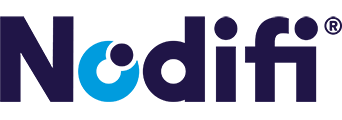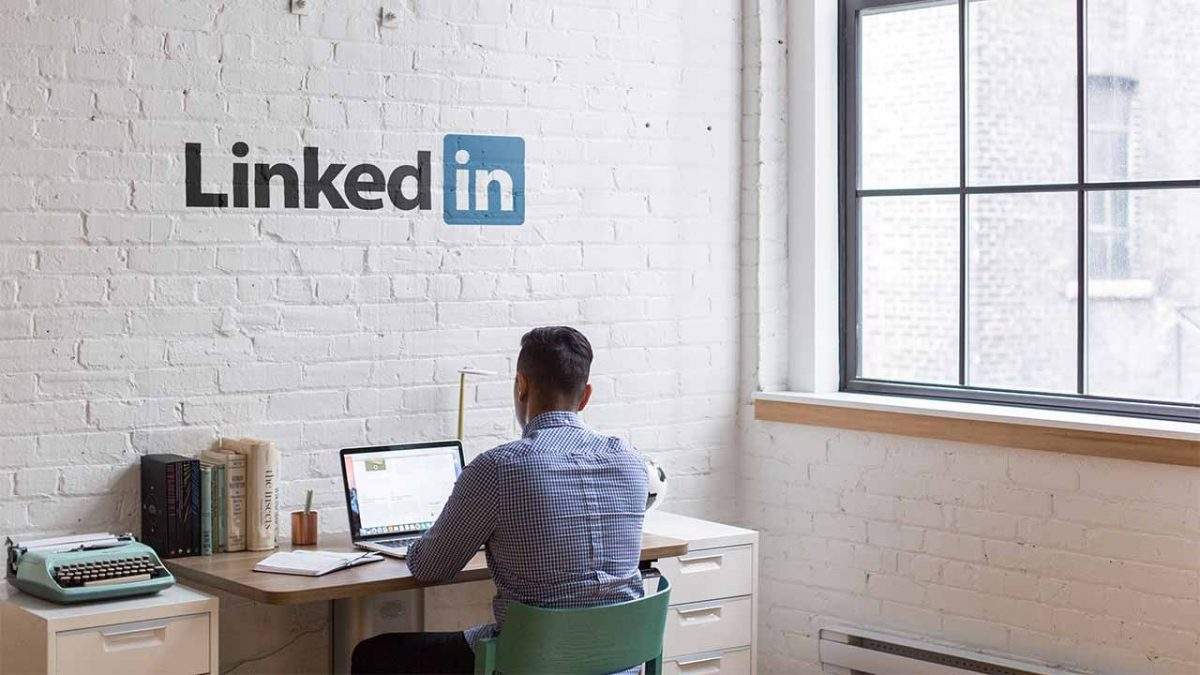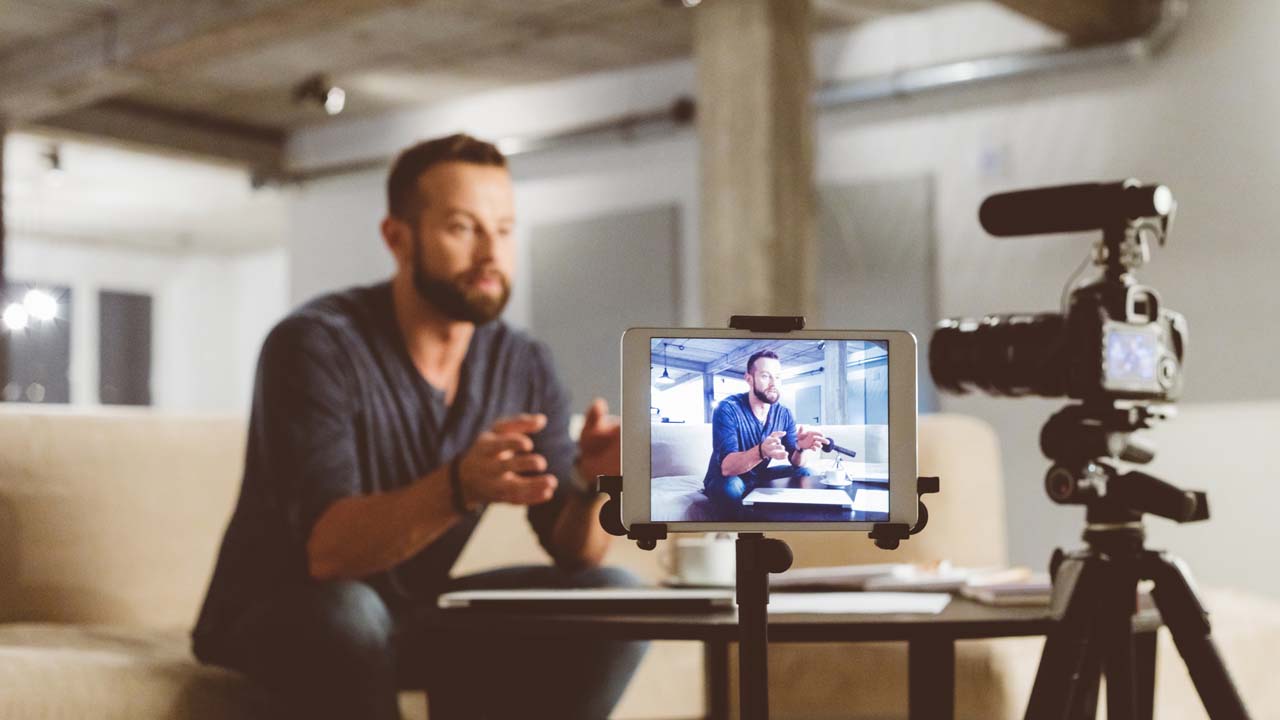The ‘socials’ can be hard to keep up with. Each one seems to have a different audience with different marketing strategies.
In this article, Nodifi takes a look at LinkedIn for business and individual use.
Key Insights
- LinkedIn is aimed at professionals and businesses
- The platform offers in-depth analytics
- Getting started with a business page is easy and straightforward
- Your images should fit the recommended sizes (listed)
- A personal profile is where you can list your experience and skills
- Optimising your personal and business profiles is important
- LinkedIn Live is a great way to showcase your expertise
Firstly, the lowdown on LinkedIn
Launched in 2003, the platform is mainly used for professional networking. It’s common to see ‘CV’ or ‘resume style’ profiles with equally professional profile photos.
LinkedIn allows users to showcase their professional side with work-related and educational skills and experience to match. Additionally, businesses can display their own corporate profiles, such as Nodifi’s LinkedIn page.
It’s unlikely that you’ll find too many funny cat videos on LinkedIn.
LinkedIn facts
- 30 million companies worldwide use the platform
- So do 690 million members
- LinkedIn has marketing tools for all business sizes and types
- The platform has B2B and B2C capabilities
- An instant messaging service is available which also allows file transfers
Business benefits
LinkedIn allows businesses to access analytics. Similar to other analytics tools, the platform allows you to track and view metrics to see what demographic engages the most, what posts are getting clicks and a host of other detailed information.
Furthermore, you’ll be able to display your business and personal (but professional) profiles, increasing brand awareness and another avenue to reach your target audience.
Get started with a business profile
You’ll need to create a business profile in order to view analytics, create engaging posts and, ideally, keep those clients rolling in.
As with most social media platforms, LinkedIn has guides and steps to make the process as easy as possible. Create a business profile and select the correct categories.
Tips
Logo
Did you know that businesses with logos get six times more visits than those without? Add your logo making sure that the image sizing is correct.
Below are recommended image sizes (in pixels) for LinkedIn business profiles:
- Logo size: 300 x 300
- Cover image: 1536 x 768
- Shared image [square]: 1200 x 1200
- Shared image [landscape]: 1200 x 627
- Shared link image: 1200 x 627
Add a description
Tell visitors about your company and the services it offers in a professional tone. Note that Google results show up to 156 characters of your page’s text so make the first 156 clear and to the point.
Invite people to your page
Click ‘Admin Tools’ and select ‘Invite Connections’. You can send connection invites to other users. Including a clickable LinkedIn icon in your marketing emails is another way to attract followers.
Create a personal page
A personal page or member profile is your personal hub on LinkedIn. You can list your professional experience and job title as well as say a little about yourself.
A LinkedIn member profile is created similarly to a business profile listed above. LinkedIn knows its customers – it’s fast and simple to get set up.
Personal pages allow users to add images. Below are the recommended sizes (in pixels):
- Profile image: 400 x 400
- Cover image: 1584 x 396
- Shared image [square]: 1200 x 1200
- Shared image [landscape]: 1200 x 627
- Shared link image: 1200 x 627
How is a member profile different from a business profile?
| Business | Member |
|---|---|
| Represent organisations | Represent individuals |
| Lists jobs, services, products | Lists experience, skills, activities |
| Capability to run ads | Cannot run ads |
| Has followers | Has connections |
| Free | Free |
Optimise your LinkedIn pages
Ensuring your social media profiles are the best they can be is marketing 101. Here are a few points to consider when building your LinkedIn presence.
1: Choose the right images that represent your company and profession
A member profile picture should be ‘happy x professional x portrait’. In other words, your face taking up about 60% of the photo but not looking like a passport or driver’s licence.
2: Your headline doesn’t have to be a job title
It can be, but could say a bit more about your role, why you do what you do, and what you like about your profession.
3: List your skills
Make sure you list skills relevant to you and your experience. LinkedIn has a list of skills you can choose from so have a think about which ones match your professional profile.
4: Skills assessment
On the subject of skills, LinkedIn offers online skills assessment tests. Although most people shudder at the words ‘assessment’ and ‘test’, these give you the chance to verify your skills. Skills badges get displayed on your profile too.
5: Request recommendations
These are written testimonials from other LinkedIn users. They are personalised references that members can write about their professional peers, similar to a reference on a CV. You can send recommendation requests to people but make sure they’re personalised as sending a generic request to a ‘batch’ of people likely won’t get the results you’re after.
6. Follow industry influencers
Doing this can add a range of interesting content to your feed. It helps share what ‘you’re about’ and what you actively have a passion for.
Go live with LinkedIn Live
According to LinkedIn, live video streams get 24x more engagement than pre-recorded video.
LinkedIn Live allows you to arrange live videos. These could be webinars, Q&As or other virtual events. Understandably not a ‘spur of the moment’ thing, live videos take some preparation in organising and promoting but the results are worth it.
The bottom line
LinkedIn can be described as ‘essential’ for the modern professional. This is especially true in the finance industry where trust is paramount.
Just like your presence on Google which shows your location and contact details, LinkedIn shows your best professional side to the masses.




